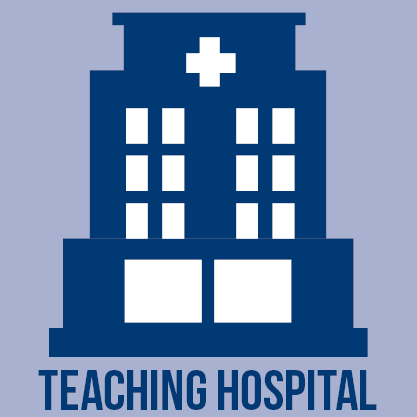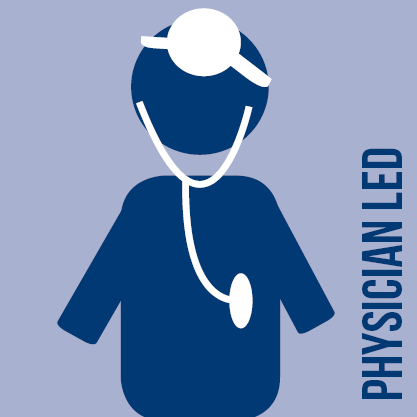Hospitals of the University of Pennsylvania-Penn Presbyterian (Philadelphia). Penn Medicine's history of patient care dates back more than two centuries to the founding of the first U.S. hospital, Pennsylvania Hospital, in 1751, followed by the opening of the nation's first medical school at the University of Pennsylvania in 1765. In the past 30 years, Penn physicians and scientists have been part of many important medical discoveries, such as the first general vaccine against pneumonia, the introduction of total intravenous feeding, the development of MRI technology and the discovery of the Philadelphia chromosome, which made the connection between genetic abnormalities and cancer.
Penn Presbyterian Medical Center, part of Penn Medicine, includes the Pavilion for Advanced Care, a 178,000-square-foot acute care building and Penn Medicine's Level I trauma center. The hospital has an extensive record of medical accomplishments, such as creating one of the first coronary care units in the nation. More recently, it has become a regional leader for minimally invasive and robotic-assisted surgery.
The hospital achieved Magnet status from the American Nurses Credentialing Center. It was also named as one of Healthgrades' 100 Best Hospitals in 2015 and 2016. In its 2015-16 rankings, U.S. News & World Report named Penn Presbyterian Medical Center the No. 1 hospital in Pennsylvania. It is nationally ranked in 13 adult specialties — including ear, nose and throat; cardiology and heart surgery; and pulmonology — and named high performing for three adult procedures and conditions by U.S. News.
 |
 |
 |
..jpg)




